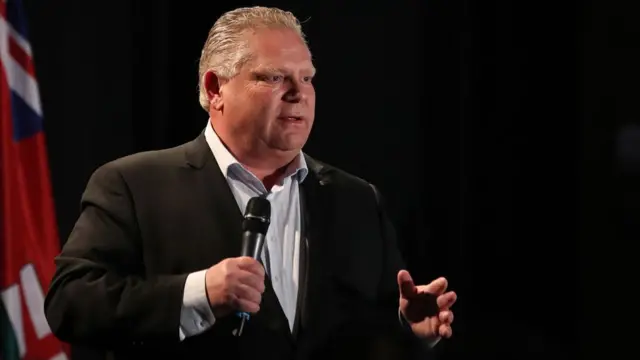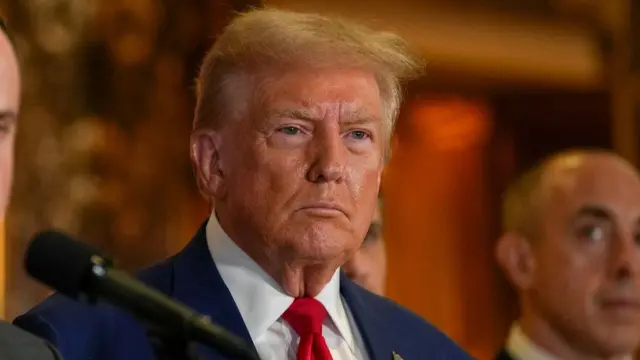'Ultimately, everyone loses' - German vice-chancellorpublished at 11:17 GMT 26 November 2024
 Image source, EPA
Image source, EPAMore reaction now, from Germany’s Vice-Chancellor Robert Habeck, who says the European Union must "respond united, and not tear itself apart into two or three blocs of countries but speak as a united Europe".
“We must make clear that ultimately, everyone loses: the United States, the United States’ economic area and Europe,” he adds, according to the Reuters news agency.
Habeck says any counter-measures should only be thought about "once we have thoroughly discussed things", adding that the "first step is to seek talks".




